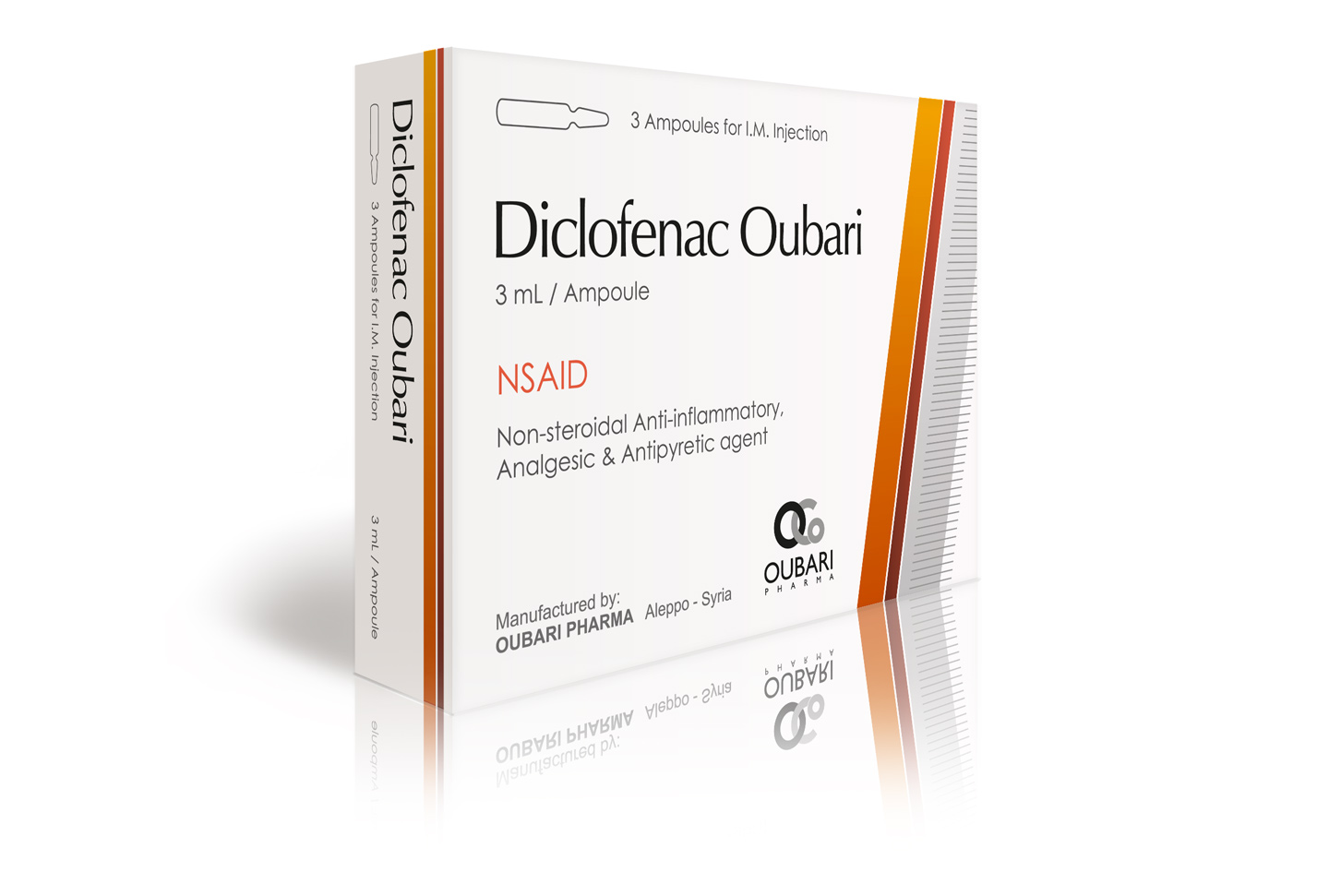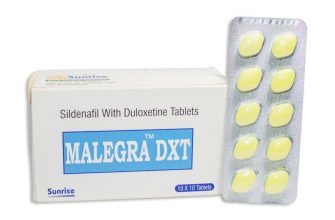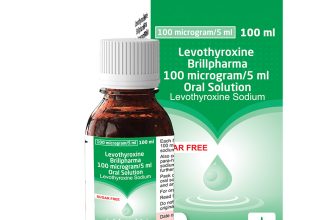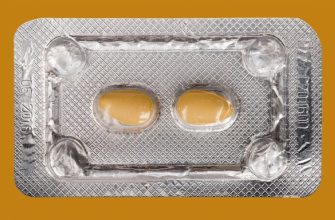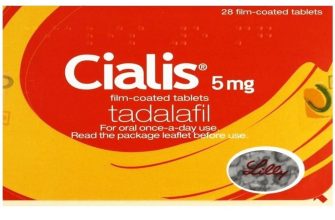Need to know the generic name for Diclofenac? It’s diclofenac. Simple as that. This non-proprietary name refers to the active pharmaceutical ingredient, the core component responsible for the drug’s pain-relieving and anti-inflammatory effects.
Understanding this distinction between brand names (like Voltaren or Cataflam) and the generic name is crucial for navigating medication choices. Generic medications contain the same active ingredient as their brand-name counterparts but usually cost significantly less. This price difference often stems from lower marketing and research development expenses.
Always consult your doctor or pharmacist before switching between brand-name and generic medications. While generally interchangeable, individual reactions can vary. They can provide personalized advice considering your specific health conditions and potential interactions with other medications you may be taking.
- Diclofenac Generic Name: A Comprehensive Guide
- What is Diclofenac?
- How Diclofenac Works
- Diclofenac Forms and Administration
- Important Considerations
- Seeking Professional Guidance
- Understanding the Generic Name: Diclofenac Sodium and Diclofenac Potassium
- Bioavailability Differences
- Dosage Considerations
- Formulation Considerations
- Summary
- Brand Names Associated with Diclofenac
- Common Brand Names in the US and Europe
- Brand Names in Other Regions
- Common Uses and Indications for Diclofenac
- Dosage Forms and Administration of Diclofenac
- Potential Side Effects and Precautions
- Gastrointestinal Risks & Management
- Cardiovascular and Renal Effects
- Allergic Reactions
- Other Potential Side Effects
- Precautions
- Interactions with Other Medications
- Interactions with Specific Drug Classes
- Other Important Considerations
- Finding and Using Generic Diclofenac Safely
Diclofenac Generic Name: A Comprehensive Guide
Diclofenac is the generic name. Understanding this is key to navigating prescription and over-the-counter options.
You’ll find it listed as diclofenac sodium or diclofenac potassium on drug labels. These are different salt forms of the same active ingredient.
- Diclofenac sodium is more common in oral medications like tablets and capsules.
- Diclofenac potassium is often used in topical gels and solutions.
Brand names vary by country and manufacturer, but the active ingredient remains diclofenac. Checking the label confirms this crucial information.
Several formulations exist, each with distinct advantages:
- Oral tablets and capsules: Offer systemic relief for various conditions.
- Topical gels and creams: Provide localized pain relief, reducing systemic side effects.
- Ophthalmic solutions: Treat eye inflammation.
- Suppositories: Useful for treating certain conditions.
Always consult a doctor or pharmacist before starting or changing any medication. They can help determine the best diclofenac formulation and dosage based on your individual needs and medical history.
Understanding the generic name, diclofenac, empowers you to compare prices and find the most suitable option, while ensuring you’re receiving the same active ingredient regardless of brand name.
What is Diclofenac?
Diclofenac is a nonsteroidal anti-inflammatory drug (NSAID) that reduces pain and inflammation. Doctors prescribe it to treat various conditions, including osteoarthritis, rheumatoid arthritis, ankylosing spondylitis, tendinitis, bursitis, and menstrual cramps.
How Diclofenac Works
Diclofenac works by inhibiting the production of prostaglandins, chemicals in the body that cause pain and inflammation. By reducing prostaglandin levels, it alleviates pain and swelling.
Diclofenac Forms and Administration
Diclofenac comes in various forms, including tablets, capsules, topical gels, and creams. The choice depends on the specific condition and its severity. Doctors tailor the dosage and administration route to individual needs.
| Form | Administration | Common Use Cases |
|---|---|---|
| Tablets/Capsules | Oral | Osteoarthritis, rheumatoid arthritis, menstrual cramps |
| Topical Gel/Cream | Applied to the skin | Muscle aches, sprains, strains |
Important Considerations
While generally safe, Diclofenac carries potential side effects, including stomach upset, heartburn, and increased risk of bleeding. Patients with kidney or liver problems, heart conditions, or a history of ulcers should discuss use with their doctor. Always follow prescribed dosage instructions. Never exceed the recommended dose.
Seeking Professional Guidance
Diclofenac is a powerful medication. Consult your doctor or pharmacist for any questions about its use, potential interactions with other drugs, or appropriate treatment options.
Understanding the Generic Name: Diclofenac Sodium and Diclofenac Potassium
Diclofenac exists in two common salt forms: diclofenac sodium and diclofenac potassium. These are not interchangeable; they differ in their bioavailability and how quickly they’re absorbed by the body. Diclofenac potassium dissolves faster, leading to quicker pain relief.
Bioavailability Differences
Diclofenac potassium generally offers faster onset of action due to its superior absorption. This makes it preferable for situations needing rapid pain relief. Diclofenac sodium, conversely, offers a slightly longer duration of action.
Dosage Considerations
Dosage forms and strengths vary between the two salts. Always follow your doctor’s prescription and pharmacist’s instructions. Never substitute one salt for the other without consulting a healthcare professional. They’ll tailor the dosage and formulation to your specific needs.
Formulation Considerations
Both salts appear in various formulations–tablets, capsules, topical gels, and even injections. The choice of formulation influences both absorption rate and the area of the body affected. For example, a topical gel targets localized pain, unlike an oral tablet.
Summary
Diclofenac sodium and diclofenac potassium are chemically similar but present distinct pharmacokinetic profiles. Understanding these differences helps patients and healthcare providers choose the most appropriate diclofenac formulation for optimal pain management.
Brand Names Associated with Diclofenac
Finding the right diclofenac brand can depend on your location and pharmacy. Many brands exist worldwide, each with slight variations in formulation or additional ingredients. Here are a few examples:
Common Brand Names in the US and Europe
Voltaren is a widely recognized brand name for diclofenac, available in various forms like gel, cream, tablets, and suppositories. Cataflam is another popular brand, often found as tablets. Other examples include Zipsor and Pennsaid, which are typically topical formulations. Availability differs by country.
Brand Names in Other Regions
Brand names vary significantly across regions. For instance, certain brands may be prevalent in Asia or South America that are unfamiliar in North America or Europe. Always check with your local pharmacist for available diclofenac brands in your area. Generic versions are usually cheaper and equally effective.
Common Uses and Indications for Diclofenac
Diclofenac treats a variety of pain conditions. It effectively reduces inflammation and pain.
- Osteoarthritis: Diclofenac significantly alleviates joint pain and stiffness associated with osteoarthritis.
- Rheumatoid Arthritis: It helps manage the inflammation and pain characteristic of rheumatoid arthritis.
- Ankylosing Spondylitis: This medication offers relief from pain and inflammation in individuals with ankylosing spondylitis.
- Tendinitis and Bursitis: Diclofenac reduces pain and inflammation in tendon and bursa injuries.
- Acute Pain: It’s used to manage short-term pain after surgery, injury, or other acute conditions. The dosage and duration depend on the specific situation.
- Menstrual Cramps: Diclofenac provides relief from the pain associated with menstrual periods.
- Dental Pain: It can be prescribed for managing post-dental procedure pain.
Always follow your doctor’s instructions regarding dosage and duration of treatment. Diclofenac comes in various forms, including tablets, capsules, topical gels, and injections. Your doctor will determine the best form and dosage for your specific needs.
Note: This information is for general knowledge and does not constitute medical advice. Consult a healthcare professional for diagnosis and treatment.
Dosage Forms and Administration of Diclofenac
Diclofenac is available in various forms for convenient administration. Oral options include tablets (immediate-release and modified-release), capsules, and oral solutions. Topical preparations consist of gels, creams, and plasters, applied directly to the affected area. For more targeted pain relief, diclofenac is also available as a suppository for rectal administration.
Dosage depends heavily on the specific formulation, the indication, and the patient’s individual needs. Always follow your doctor’s prescription meticulously. Do not exceed the recommended dose.
Oral diclofenac tablets and capsules should be swallowed whole with water, ideally with food to reduce potential stomach upset. Topical applications require cleaning and drying the affected skin before applying a thin layer, gently rubbing it in. Rectal suppositories should be inserted as directed by your healthcare provider.
Be aware of potential side effects, such as gastrointestinal issues (heartburn, nausea, ulcers) and skin reactions (rash, itching). Report any unusual symptoms to your doctor immediately.
Remember, this information is for general knowledge and does not constitute medical advice. Always consult your physician or pharmacist for personalized guidance on diclofenac use.
Potential Side Effects and Precautions
Diclofenac, while effective, can cause side effects. Gastrointestinal issues are common, including stomach upset, heartburn, and ulcers. To minimize this risk, take Diclofenac with food or milk.
Gastrointestinal Risks & Management
Severe gastrointestinal bleeding is a possibility, though rare. Seek immediate medical attention if you experience black, tarry stools or vomit blood. Your doctor might prescribe a protective medication, such as a proton pump inhibitor, concurrently to reduce the risk of ulcers.
Cardiovascular and Renal Effects
Diclofenac can increase the risk of heart attack and stroke, especially with prolonged use or high doses. Individuals with a history of heart disease or high blood pressure should discuss this risk with their physician before starting treatment. Kidney problems can also occur. Regular monitoring of kidney function, particularly for those with pre-existing kidney disease, is advised.
Allergic Reactions
Allergic reactions, such as skin rashes or breathing difficulties, are possible. Stop taking Diclofenac and seek immediate medical attention if you experience an allergic reaction.
Other Potential Side Effects
Less common side effects may include dizziness, headache, and fluid retention. These side effects usually subside as your body adjusts to the medication. However, if these side effects persist or worsen, consult your doctor.
Precautions
Do not exceed the prescribed dosage. Follow your doctor’s instructions carefully. Inform your doctor about all other medications you are taking, including over-the-counter drugs and herbal supplements, as interactions are possible. Avoid alcohol consumption while taking Diclofenac, as this can increase the risk of gastrointestinal bleeding. Pregnancy and breastfeeding require special caution; consult your physician for advice.
Interactions with Other Medications
Always inform your doctor or pharmacist about all medications you’re taking, including over-the-counter drugs, herbal remedies, and supplements, before starting diclofenac. This includes prescription drugs for blood thinners, such as warfarin or aspirin. Diclofenac can increase the risk of bleeding when combined with these medications.
Interactions with Specific Drug Classes
Lithium: Diclofenac may increase lithium levels in your blood, potentially leading to toxicity. Your doctor should monitor your lithium levels closely if you’re taking both medications.
Methotrexate: Combining diclofenac with methotrexate can heighten the risk of methotrexate’s side effects, especially on the kidneys and liver. Regular blood tests might be necessary to monitor your condition.
Potassium-sparing diuretics: Diclofenac can reduce the effectiveness of these diuretics, potentially leading to fluid retention. Your doctor may need to adjust your dosage accordingly.
Other Important Considerations
Corticosteroids: Concurrent use with corticosteroids increases the risk of gastrointestinal bleeding. Monitor for signs of bleeding and promptly report any concerns to your healthcare provider.
Nonsteroidal anti-inflammatory drugs (NSAIDs): Avoid taking other NSAIDs along with diclofenac, as this significantly raises the risk of stomach ulcers and bleeding.
Note: This information is not exhaustive. A comprehensive list of interactions is available in the medication’s package insert or by consulting your physician or pharmacist. They can provide personalized advice based on your individual health needs and other medications you are taking.
Finding and Using Generic Diclofenac Safely
Check your prescription carefully to confirm the dosage and form (tablet, gel, etc.). Always follow your doctor’s instructions precisely.
Compare prices from different pharmacies, both online and brick-and-mortar. Look for licensed and reputable sources. Verify online pharmacies are registered with your country’s regulatory bodies.
Read the medication leaflet provided with your generic diclofenac. Pay close attention to potential side effects and interactions with other medications you are taking. Report any unexpected symptoms to your doctor immediately.
Store your generic diclofenac as instructed on the packaging. This usually involves keeping it in a cool, dry place away from direct sunlight and children.
Discuss potential drug interactions with your pharmacist or physician. Certain medications, like blood thinners, can have adverse reactions when taken concurrently with diclofenac. Always disclose all your medications.
Never exceed the prescribed dosage. Taking more diclofenac than recommended will not accelerate pain relief and may lead to health problems. If pain persists, contact your doctor to adjust treatment.
Be aware of common side effects such as stomach upset, nausea, or dizziness. If these side effects are severe or persistent, seek medical advice.
Generic diclofenac offers a cost-effective alternative to brand-name options without compromising efficacy. Use it responsibly and according to medical guidance for optimal results and safety.

